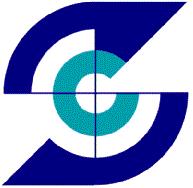Fuel, operations, and plant design all affect the overall efficiency of a plant, as well as its carbon emissions Standards for reducing carbon emissions from existing coal-fired power plants rely heavily upon generation-side efficiency improvements.
Environmental standards demand reducing carbon emissions from existing power plants. One of the main methods to reduce carbon emissions is to increase Plant Heat Rate by improving efficiency.
SAMA Optimiser works with real time values independently from OPC or SAMA Historians. It is easily configurable. No limits on number of calculations or schemas.
- Features Include:
- Enter as an expression and see the blocks interconnection.
- Functions supported : + ‐ * /, Min / Max Average / Xⁿ / Matrix….
- Standard library of calculations such as Tank inventory
- Inputs / outputs: SAMA Historian or OPC DA
- Modes: Manual / Auto
- Multiple schemas

Case Study:-
Optimal Load Distribution- Lagrange method:
For thermal generating units, the cost of fuel per unit power output varies significantly with the power output of the unit. Therefore one needs to consider the fuel cost characteristics of the generators while finding their optimal real power outputs.
- For economic generation scheduling to meet a particular load demand
- if transmission losses are neglected and generation limits are not imposed
- all plants must operate at equal incremental production costs
- subject to the constraint that the total generation be equal to the demand
- As the demand changes, units are loaded in such a way that the incremental fuel cost (IFC) of operating units reaches the same λ, the Lagrange multiplier.
This involves calculation of heat rate, incremental fuel cost and distributing the load so that incremental fuel cost remains same among all generating units. Typical payback period is less than 2 months.
